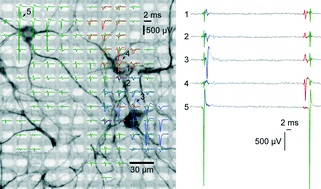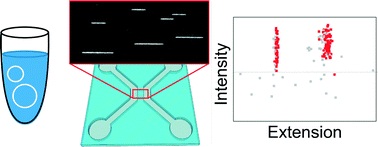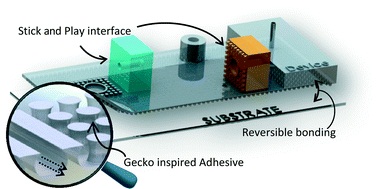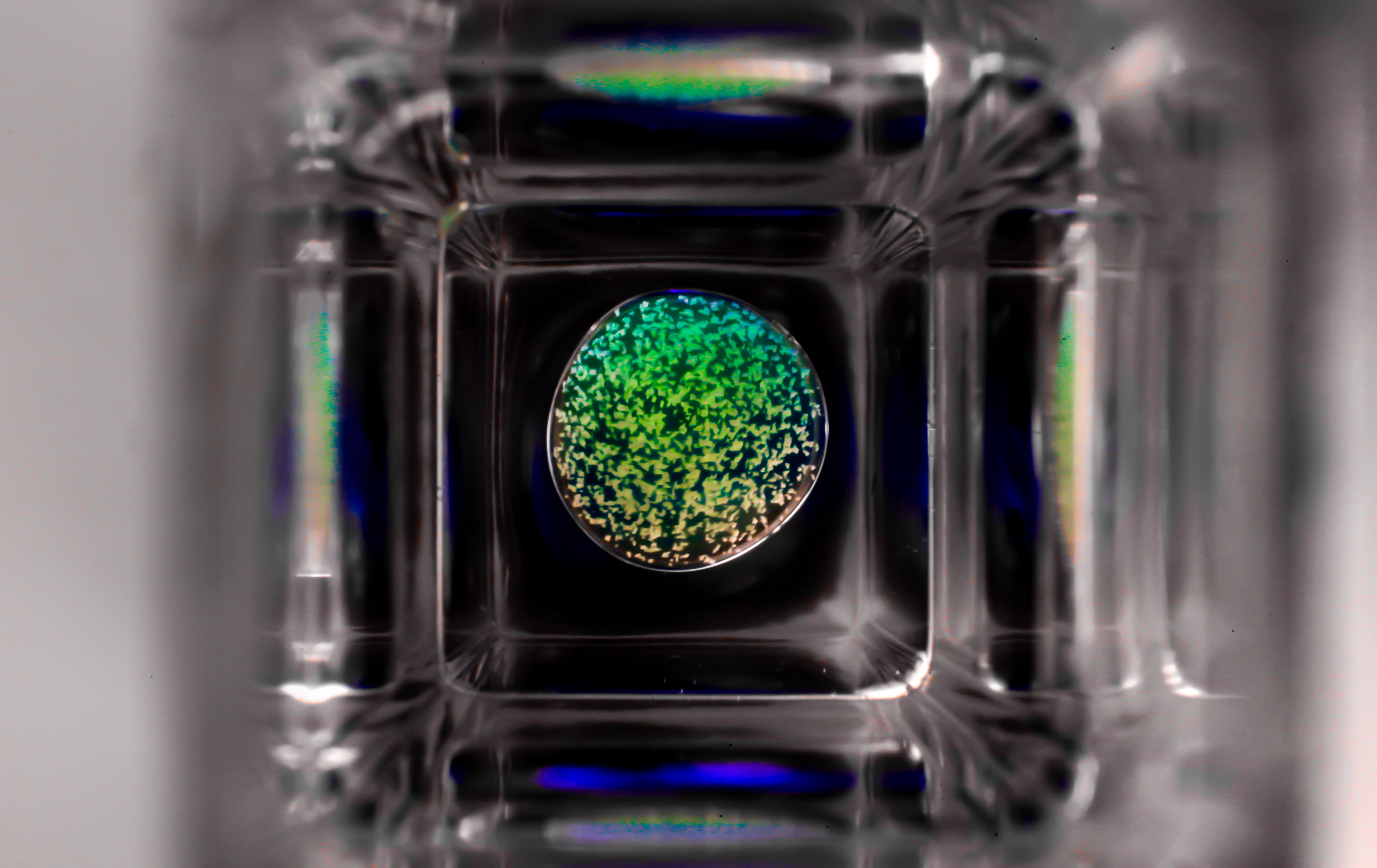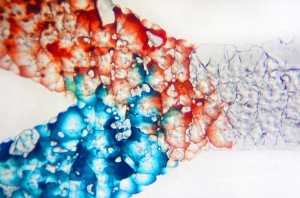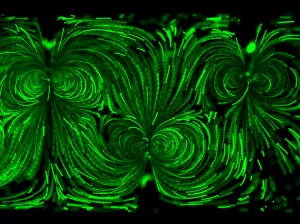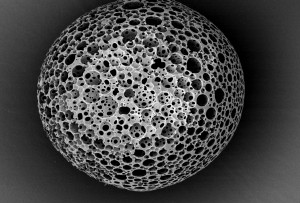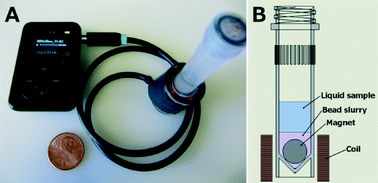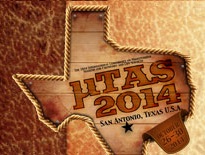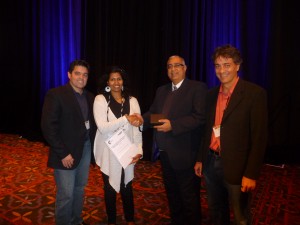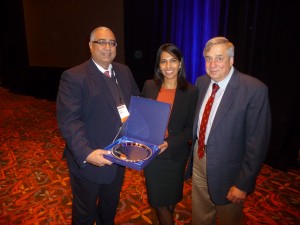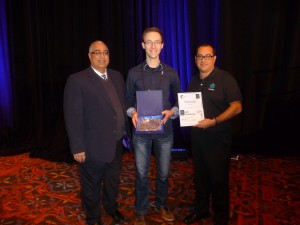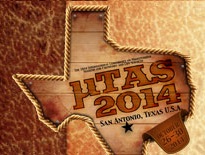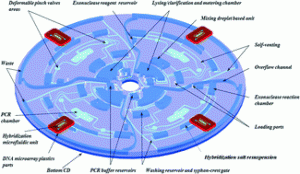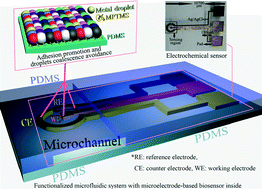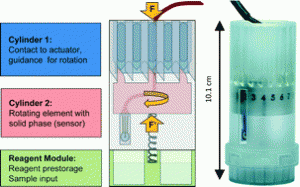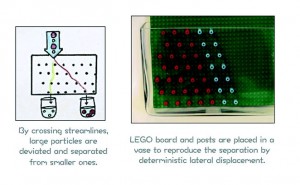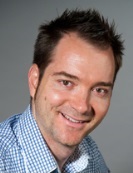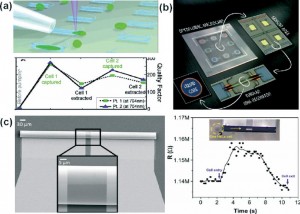These HOT articles published in May 2015 were recommended by our referees and are free* to access for 4 weeks
High-resolution CMOS MEA platform to study neurons at subcellular, cellular, and network levels
Jan Müller, Marco Ballini, Paolo Livi, Yihui Chen, Milos Radivojevic, Amir Shadmani, Vijay Viswam, Ian L. Jones, Michele Fiscella, Roland Diggelmann, Alexander Stettler, Urs Frey, Douglas J. Bakkum and Andreas Hierlemann
Lab Chip, 2015,15, 2767-2780
DOI: 10.1039/C5LC00133A
Fast size-determination of intact bacterial plasmids using nanofluidic channels
K. Frykholm, L. K. Nyberg, E. Lagerstedt, C. Noble, J. Fritzsche, N. Karami, T. Ambjörnsson, L. Sandegren and F. Westerlund
Lab Chip, 2015,15, 2739-2743
DOI: 10.1039/C5LC00378D
Gecko gaskets for self-sealing and high-strength reversible bonding of microfluidics
A. Wasay and D. Sameoto
Lab Chip, 2015,15, 2749-2753
DOI: 10.1039/C5LC00342C
Take a look at our Lab on a Chip Recent HOT Articles Collection!
*Access is free until 24.07.15 through a publishing personal account. It’s quick, easy and free to register


